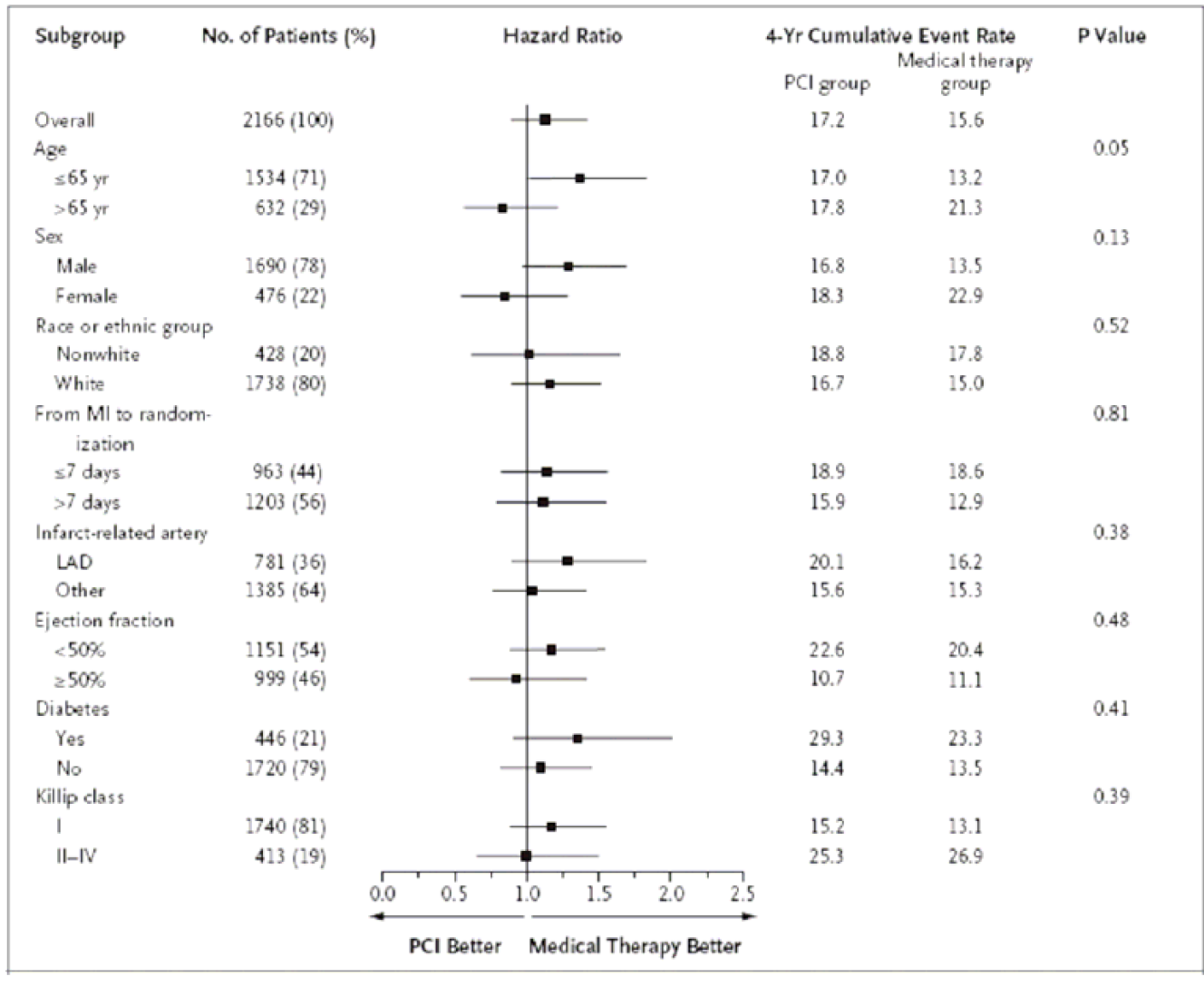Tips and Tricks
Often it is desirable to use special Unicode characters for the tick value names on the axes. However, SG procedures and GTL do not support Unicode strings in SAS data sets. With SAS 9.3, the SGPLOT procedure supports annotation which does support Unicode strings. You can create an annotation data set




